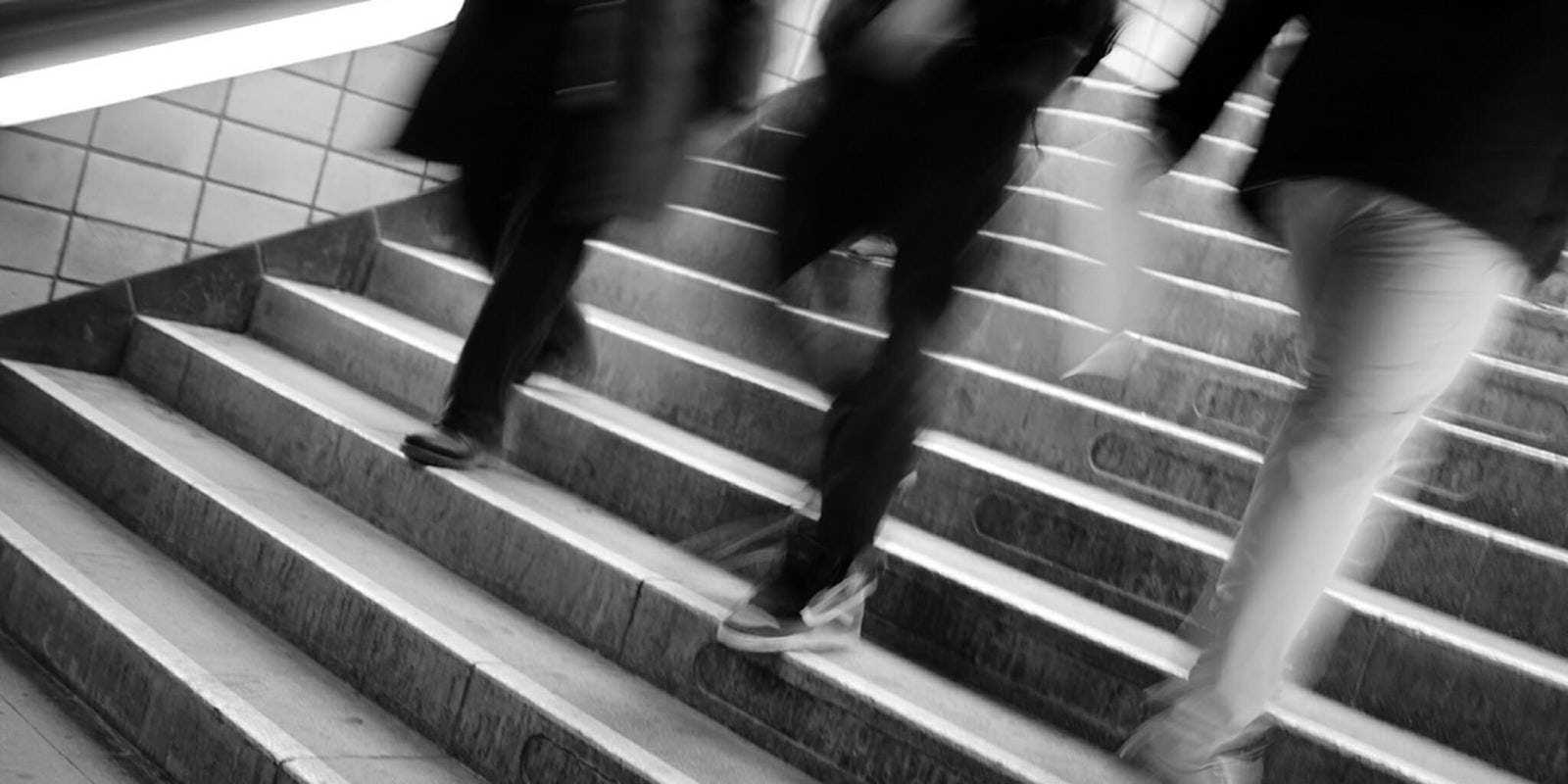You’re walking down the street when it happens—uninvited and rude language from a stranger who thinks it’s normal to aggressively solicit you with suggestive attacks. This could be any street that has pedestrians, though usually the moment’s tension bursts in a flash. Nobody noticed, your aggressor is miles away, and there is no recourse.
This re-launched app is looking to change that.
Hollaback!, a network of intersectional activists around the world working to end street harassment, released an updated app to more easily allow victims of street harassment to document and share their experiences right from their phones. This release significantly updates the sharing capabilities of the original app from 2010.
Where once events were simply documented and pinned to a mass city map—and where individual occurrences ran a higher risk of getting lost—now there is an emphasis on narrative and personal data collection. App users are encouraged to relate the whole experience and can create personal maps that demonstrate their own history with street harassment.
The evolution of the app, which took two years to develop using principles of human-centered design to make sure the app was responsive to the needs of the communities where it would be used, reflects the evolution of Hollaback! as a movement. According to Emily May, co-founder and the initiative’s first executive director, “The original concept was ‘let us tell our stories and see if anyone else is going through this.’ It was happening all the time to us and no one else was talking about it.”
May continued: “We felt like ‘Are we the only people in New York City being harassed or what?’ And obviously we are not, it’s happening to so, so many people.”
It’s happening to so many people that Hollaback!, which is headquartered in New York City, has trained leaders at sites around the world—84 cities in 31 countries in 18 different languages. The latest app release is available in 10 different languages, based on the feedback of leadership on the ground around the world, where site leaders thought the app would be useful in their own community.
A 2014 Cornell University study performed in conjunction with Hollaback! found that 96 percent of women under the age of 40 experience street harassment at least once a year. More than 50 percent of women in 22 different countries reported being fondled or groped as part of street harassment. But despite these findings, many people who do not experience street harassment seem to doubt its severity. The sharable maps in the new Hollaback! app are positioned to be a vital tool for communicating how personal and prevalent street harassment is.
When asked about the future of Hollaback!, May responded, “Cultural change is the piece that underpins all of this. We’re not looking to increase criminalization—we’re looking for community accountability.”
By focusing on community accountability May and the rest of the initiative seek to avoid adding to the danger that can exist for at-risk populations, such as trans women.
Community accountability in the form of bystander intervention has been found to be effective on the community and individual level. As May put it, “Even doing as little as giving someone a knowing glance (the ‘he’s a jerk look’) can have a trauma-reducing impact.”
Story sharing, as enabled by the new app, has also been found to reduce trauma. Researcher Jill Dimond found that by posting experiences with street harassment to Hollaback!, some women were able to extend and transform the frame through which they viewed street harassment. Within an individual context, it was easy for people to blame themselves and internalize. Within a group context, it was easier to view the issue at the social level as one that everyone needed to work to solve.
You can download the new app for Android or iPhone. Document your own experiences. May and the others at Hollaback! are ready for the rest of us to join them in not taking street harassment quietly.
Photo via Thomas Leuthard/Flickr (CC BY 2.0)


